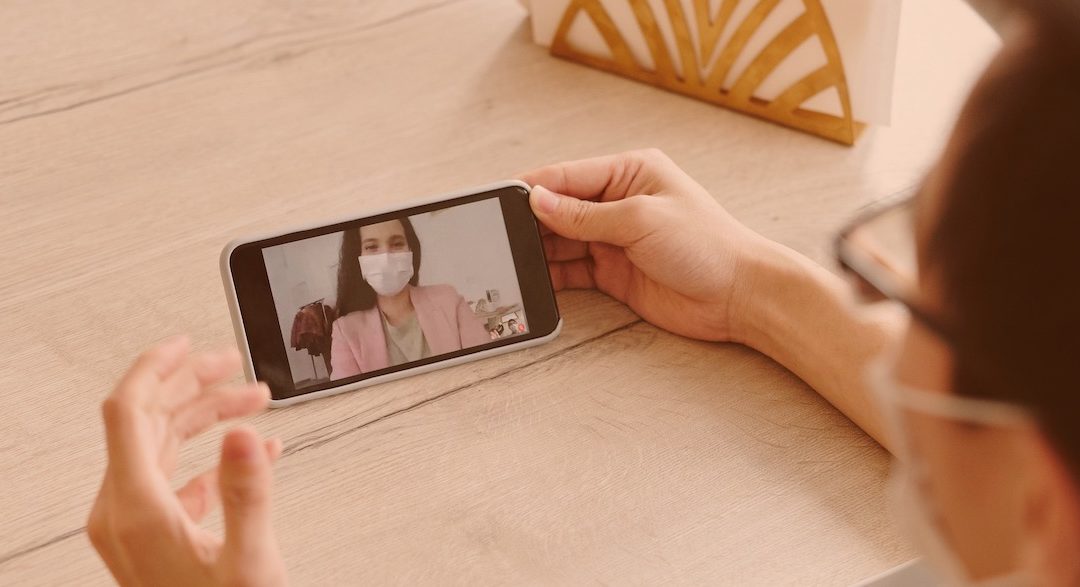Since the COVID-19 outbreak in the U.S., telehealth has taken center stage in healthcare.
Healthcare providers are heavily relying on telehealth to safely screen for COVID-19 and care for patients. Providers meet and treat patients without risk of spreading or being exposed to the virus.
Telehealth has been around since the 1960s but hasn’t been adopted on a large scale. COVID-19 has changed that, but the question remains: does telehealth have a lasting presence in a post-pandemic world?
Crisis Calls for Expedient Change
On March 17, the Centers for Medicare and Medicaid Services (CMS) said it would temporarily pay clinicians to provide telehealth services for beneficiaries residing across the entire country.
Providers can now deliver care services in any facility — even in their homes, which removes a historical barrier that limited telehealth visits to only certain locations. Private insurers, following CMS’s lead, have increased their coverage of telehealth services.
In a Medscape article, Karen Edison, MD, from the University of Missouri said “We’ve moved 10 years in telemedicine policy in two weeks. The federal government has really loosened the reins.”
As a result, healthcare organizations have significantly increased telehealth service deployments. John Brownstein, Chief Innovation Officer of Boston Children’s Hospital, said the hospital conducted more telehealth visits during any given day in late March than it had during the entire previous year. Given this unexpected explosion in demand, many telehealth companies are facing large backlogs, finding ways to expand their capabilities, and adapting to hospital workflows during the COVID-19 crisis.
What Does the Future Hold for Telehealth?
Though it was sudden and in response to a crisis, the increased adoption of telehealth during the COVID-19 outbreak has softened the ground and alleviated some concerns about the technology’s viability. In a Healthcare IT News article, Dr. Jaan Sidorovo, CEO of the Population Health Alliance, said “Telehealth will occupy a big piece of care and we won’t be able to put the genie back in the bottle.”
This is due in part to the frictionless, scalable potential telehealth offers for population health management. As Sidorovo emphasizes, he can now serve an entire patient population using remote solutions. With more patients engaged with their care from their homes or anywhere, it’s easier to treat hard-to-reach, high-risk groups and identify and monitor key population health trends.
Additionally, the rapid expansion of telehealth addresses the need for a “digital front door” in healthcare. Patients require access to care in a timely manner via their preferred method. The COVID-19 crisis has made virtual screenings and visits necessary. It has also demonstrated how telehealth can be incorporated into various channels and workflows to meet patients where they are and re-activate disengaged patients. In the age of healthcare consumerism, this will be a competitive edge.
Maximize the Value of Telehealth with Behavior Change AI
Customer experience IT vendor Sykes conducted a survey of 2,000 adults to assess their perceptions of and experiences with telehealth since the COVID-19 outbreak. A few notable results from the survey included:
- The majority of respondents were not familiar with telehealth, and of those who were familiar, only 19% had tried a visit.
- An overwhelming number of those who had tried telehealth were satisfied enough that they either already have or will consider scheduling another visit in the future.
- However, not everyone was interested in pursuing telehealth. More than 40% of respondents were concerned about the ability to get proper treatment or a diagnosis in a virtual setting.
In a post-pandemic world, health systems will need a patient engagement strategy that balances in-person care and telehealth. Effectively communicating this strategy is critical to allay common concerns around the quality of virtual care.
There is a current and future need to increase telehealth adoption to improve population care management during and after the pandemic. Healthcare organizations will need to understand how patients make decisions and what gets in the way of healthy actions, and appropriately solve for both.
Behavioral scientists are experts in decision making and behavior change. When that expertise is powered by technology and AI, it influences decisions and actions at scale, moving populations to better health. It drives patients to use virtual care now and in the future. It creates a culture of telehealth as a sustainable form of care delivery and patient engagement.
Lirio’s behavior change AI platform can help healthcare organizations establish a telehealth culture by creating hyper-personalized, effective communications based on behavioral science principles, powered by AI, and deployed at scale. Through behavioral reinforcement learning, our technology autonomously explores an enormous series of options and expedites solutions, so organizations can effectively communicate with patients, drive healthy behaviors, and improve outcomes across populations.
Watch Our Recent Webinar
The Lirio team wants to keep the discussion going around the role of telehealth during the COVID-19 crisis and beyond. That’s why we’re hosting a webinar series on virtual care. Watch the replay of our first episode, “How Virtual Care is Changing the Patient Experience” on demand.
I spoke with Tonya Durant, practicing physician at TeamHealth, and diabetes patient advocate, Kelly Kunik, about how telehealth is being used to manage the physical and mental health of patients at high risk for COVID-19. We also discussed the potential impact of virtual care on population health and patient experience.
Follow Lirio on Facebook: Facebook.com/lirio.llc, LinkedIn: LinkedIn.com/company/lirio, and Twitter: @Lirio_LLC.
Other readers viewed:
3 Ways to Get Patients on Your Health Portal for Better Engagement
What the Nashville Tornado Revealed about Behavior Change and COVID-19

